News
Going electric - your questions answered
With the news internal combustion cars will be withdrawn from sale by 2030 here's what you need to know about going electric
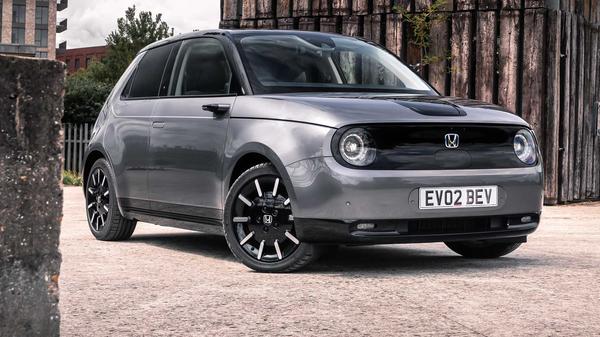

Words by: Auto Trader
Published on 18 November 2020 | 0 min read
Electric cars are in the news once again so we thought we'd quickly answer the essential questions many motorists will have about driving in the post petrol and diesel age. So let’s break it down.
How do you charge an electric car and how long does it take?
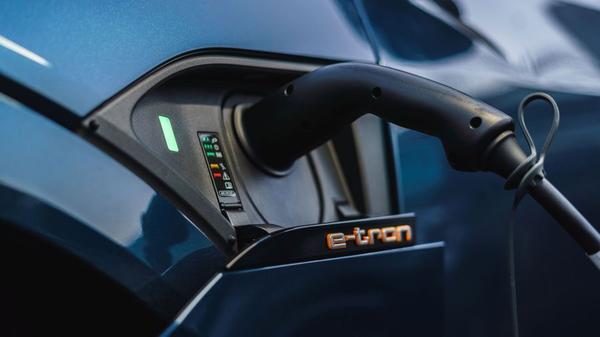
While electric cars are already part of the landscape (and early adopters are well up to speed) there’s a whole new world of technology those coming from petrol or diesel cars won’t have encountered before. At a basic level charging an electric car is really simple, too. You simply plug it into a source of electricity, the battery charges up and you’re good to go. There is, inevitably, a little more to it than that, though.
More on electric car batteries from Autotrader While you can charge an electric car from a regular three-pin domestic plug socket it’s not really recommended, from either safety or convenience perspectives. Safety because electric cars draw a lot of current and can overload regular cables and it’s not really sensible to have long extension leads trailing across the pavement or your driveway. And convenience because it will take you a really, really long time to fully charge a modern electric vehicle (or EV) on a domestic supply. Charging power is usually measured in kW and EV batteries in kW hours, or kWh. You can do the basic maths – a 20kWh battery would take around four hours to charge from 0-100% with a 5kW supply, two hours on 10kW and so on – and most EVs use batteries ranging from 30kWh all the way to 100kWh. More on public chargers from Autotrader A dedicated home charging point can usually manage up to 7kW while public chargers can range from 10kW upwards. Dedicated fast chargers can, in theory, manage anything from 50kW to over 100kW but are currently few and far between and can be expensive to use. As infrastructure improves these will become more commonplace and, in the time it takes to stop for a coffee or comfort break at a motorway services, you should be able to top up your battery and reach your destination without too much disruption to your existing driving patterns. For most daily needs the majority of EV owners will usually just charge at home and plug the car in overnight, much as they would their phone. More on electric car range from Autotrader
More on electric car batteries from Autotrader While you can charge an electric car from a regular three-pin domestic plug socket it’s not really recommended, from either safety or convenience perspectives. Safety because electric cars draw a lot of current and can overload regular cables and it’s not really sensible to have long extension leads trailing across the pavement or your driveway. And convenience because it will take you a really, really long time to fully charge a modern electric vehicle (or EV) on a domestic supply. Charging power is usually measured in kW and EV batteries in kW hours, or kWh. You can do the basic maths – a 20kWh battery would take around four hours to charge from 0-100% with a 5kW supply, two hours on 10kW and so on – and most EVs use batteries ranging from 30kWh all the way to 100kWh. More on public chargers from Autotrader A dedicated home charging point can usually manage up to 7kW while public chargers can range from 10kW upwards. Dedicated fast chargers can, in theory, manage anything from 50kW to over 100kW but are currently few and far between and can be expensive to use. As infrastructure improves these will become more commonplace and, in the time it takes to stop for a coffee or comfort break at a motorway services, you should be able to top up your battery and reach your destination without too much disruption to your existing driving patterns. For most daily needs the majority of EV owners will usually just charge at home and plug the car in overnight, much as they would their phone. More on electric car range from Autotrader
How far will a charge take you?
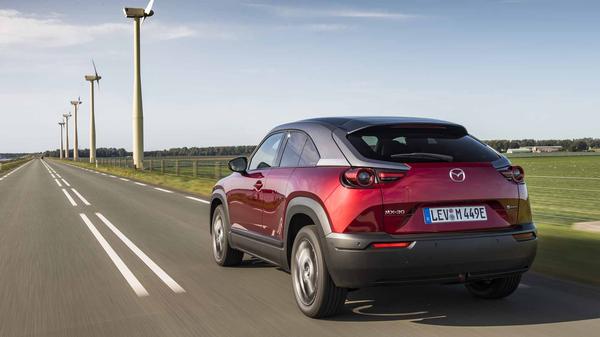
This will vary on a number of factors, and from car to car. It’s dictated by both the size of the battery and the power and performance of the motor, with different manufacturers offering different characteristics. A small battery makes a car a lot cheaper but will mean less range, a bigger battery can mean more range, more performance, or both. Many cars offer drivers the option of different modes according to their needs, for instance ‘range’ settings for longer journeys.
Driving conditions can also make a big difference – cold temperatures can reduce range, especially if you’re using headlights, heating, wipers and other features. The way you drive is also important and if you’re smart about using downhill gradients or braking for junctions and traffic lights to regenerate you can boost your range. You may have to adapt your driving style a little but EVs are very easy to drive and many cars have modes and settings to help. Manufacturers will publish an officially calculated range for comparison purposes but small electric cars like the Mini Electric or Honda e may do little more than 100 miles on a full charge in real-world driving, while battery powered versions of popular superminis like the Vauxhall Corsa may achieve double that. Premium models like Teslas use bigger batteries and may, meanwhile, be capable of 300 miles or more on a charge.
Driving conditions can also make a big difference – cold temperatures can reduce range, especially if you’re using headlights, heating, wipers and other features. The way you drive is also important and if you’re smart about using downhill gradients or braking for junctions and traffic lights to regenerate you can boost your range. You may have to adapt your driving style a little but EVs are very easy to drive and many cars have modes and settings to help. Manufacturers will publish an officially calculated range for comparison purposes but small electric cars like the Mini Electric or Honda e may do little more than 100 miles on a full charge in real-world driving, while battery powered versions of popular superminis like the Vauxhall Corsa may achieve double that. Premium models like Teslas use bigger batteries and may, meanwhile, be capable of 300 miles or more on a charge.
Do you have to upgrade your home electricity supply?
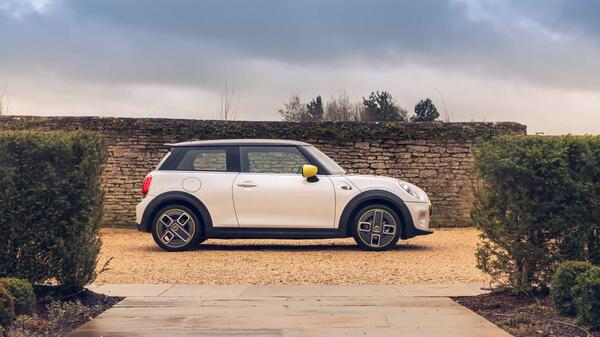
Most people will not have to upgrade their domestic electricity supply though, as above, you will probably want to invest in a dedicated ‘wallbox’ charging point for your home if you have off-street parking. Many manufacturers will include this as part of the purchase so look out for special offers and deals here. But you may have to pay extra to have a box installed by a professional, so factor this into your equations.
More on home charging from Autotrader Once installed a wallbox will mean you can charge your car faster than you could on a regular socket, and in complete safety. Many will include dedicated tariffs and supply deals, which you can manage via apps and timers so you can replenish your car’s battery when electricity is cheaper during off-peak periods.
More on home charging from Autotrader Once installed a wallbox will mean you can charge your car faster than you could on a regular socket, and in complete safety. Many will include dedicated tariffs and supply deals, which you can manage via apps and timers so you can replenish your car’s battery when electricity is cheaper during off-peak periods.
Do they save money in comparison to petrol/diesel cars?
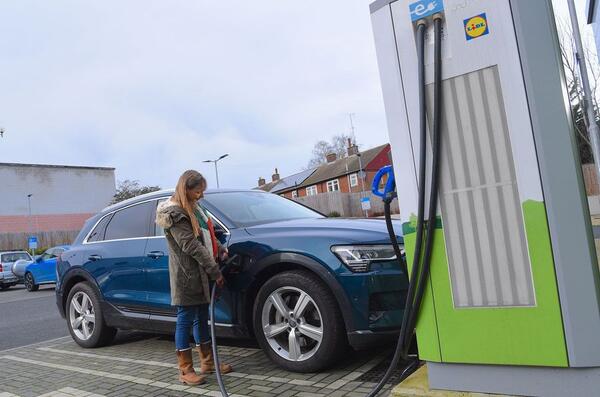
If you shop around, take advantage of dedicated tariffs and are smart about how and when you charge up at home you could run an electric car for a fraction of what it costs to fill up a regular petrol or diesel car. Whether or not that offsets the higher purchase price will come down to your particular driving patterns but, at a day to day level, an EV could save you money.
Charging in public can be a lot more expensive and you pay a premium for the convenience of using fast chargers, but it will likely still cost less than petrol or diesel on a pence per mile basis and, for most EV drivers, this will be the exception rather than the rule. More on electric car running costs from Autotrader At the moment there are also significant tax incentives to buy an electric car, ranging from zero VED (or road tax as it’s often known) to massive savings on Benefit In Kind that can save company car drivers vast amounts of money each month. As more cities look to introduce low emission zones electric cars will likely score discounts or exemptions there too, which is worth considering if your commute takes you into larger conurbations around the country.
Charging in public can be a lot more expensive and you pay a premium for the convenience of using fast chargers, but it will likely still cost less than petrol or diesel on a pence per mile basis and, for most EV drivers, this will be the exception rather than the rule. More on electric car running costs from Autotrader At the moment there are also significant tax incentives to buy an electric car, ranging from zero VED (or road tax as it’s often known) to massive savings on Benefit In Kind that can save company car drivers vast amounts of money each month. As more cities look to introduce low emission zones electric cars will likely score discounts or exemptions there too, which is worth considering if your commute takes you into larger conurbations around the country.